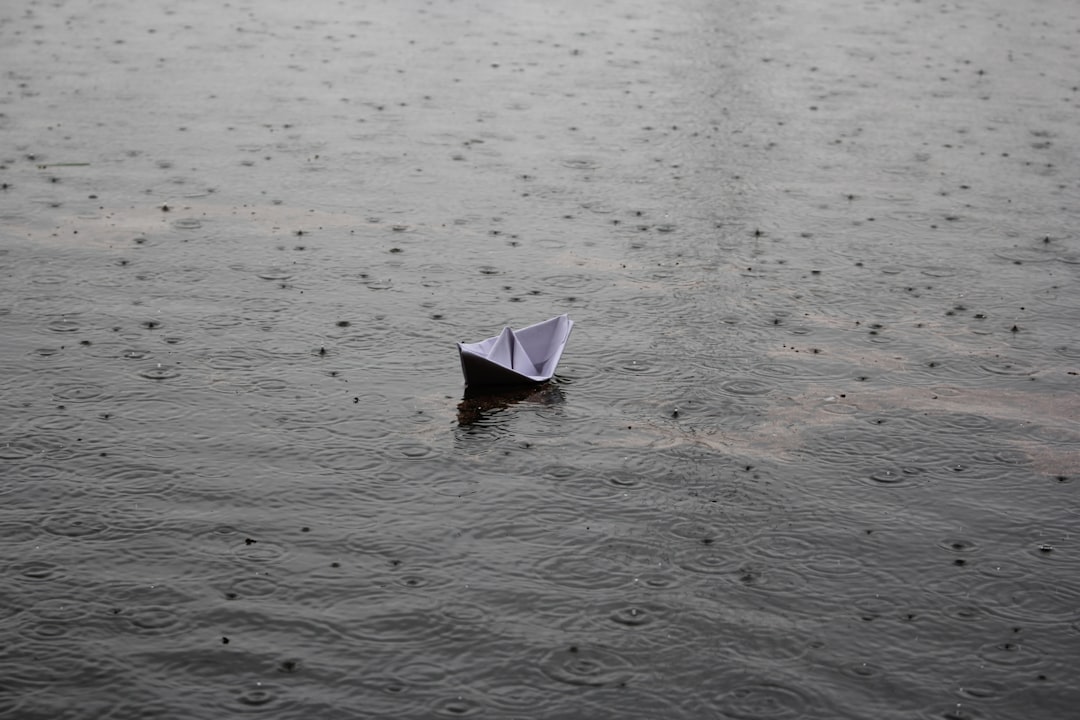What is it about?
The Pokhara city and its sorrounding suburb within the Pokhara valley sits on quaternary sediments made of clastic sediments such as clay, silt, sand and gravel (conglomerate), which were transported the Seti River from the Annapurna mountain range and deposited there. The uppermost layer of gravel veneer (cover) is rather hard, but the sediments below contain abundant calcium carbonate that dissolves in water. So, areas penetrated/drained by water (rain water or river water) for prolonged duration (tens and hundreds of years) long time will have underground cavities and channels that ultimately lead to caving and land subsidence. Sometimes these channels might have been filled naturally or by people inhabiting these areas without giving them serious considerations. This research paper describes the geological aspects of these sediments, the nature of the cavities and karsts. Then, it demonstrates how geophysical methods are used to measure physical (electrical, magnetic and radiometric) properties of the underground material using specialized portable scientific equipment and without causing any disturbance to the land and provide information about the location (depth), size (approximate diameter), extent (length), type of filling material etc. of the cavities (caves, channels either open or filled).
Featured Image
Why is it important?
This study was carried out long before the widespread damage due to subsidence in the Armala area (in Pokhara) that attracted attention of local people as well as explorers. Geologists and engineers need to be aware of the techniques for rapidly mapping the karstic features and also inform the inhabitants about the danger posed by extensively developed subsidence features/channels and also measures related to proper management (of water drains) and precautions required during construction of any structures in areas having potential for occurrence of such features.
Perspectives
This paper is an outcome of collaboration of researchers from Tribhuvan University, University of Tuebingen and JICA ( via the Japanese Embassy in Kathmandu). Tribhuvan University in Kirtipur have faculy members with enough expertise in applying geophysical techniques to map the karst features and provide constructive suggestions regarding engineering geological and geotchnical measures in such areas.
Dr. Pitambar Gautam
Hokkaido Daigaku
Read the Original
This page is a summary of: Mapping of subsurface karst structure with gamma ray and electrical resistivity profiles: a case study from Pokhara valley, central Nepal, Journal of Applied Geophysics, September 2000, Elsevier,
DOI: 10.1016/s0926-9851(00)00022-7.
You can read the full text:
Resources
Contributors
The following have contributed to this page










